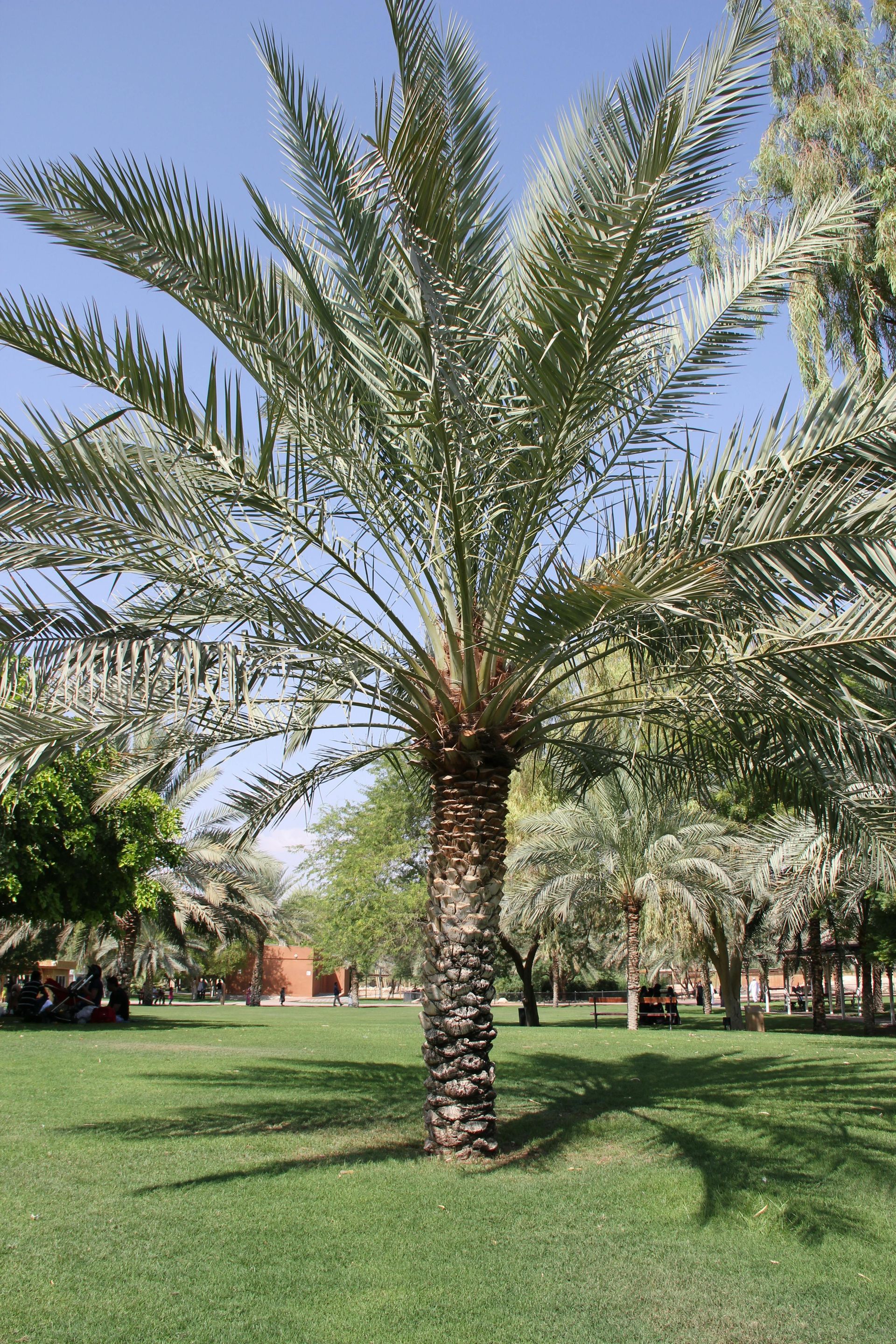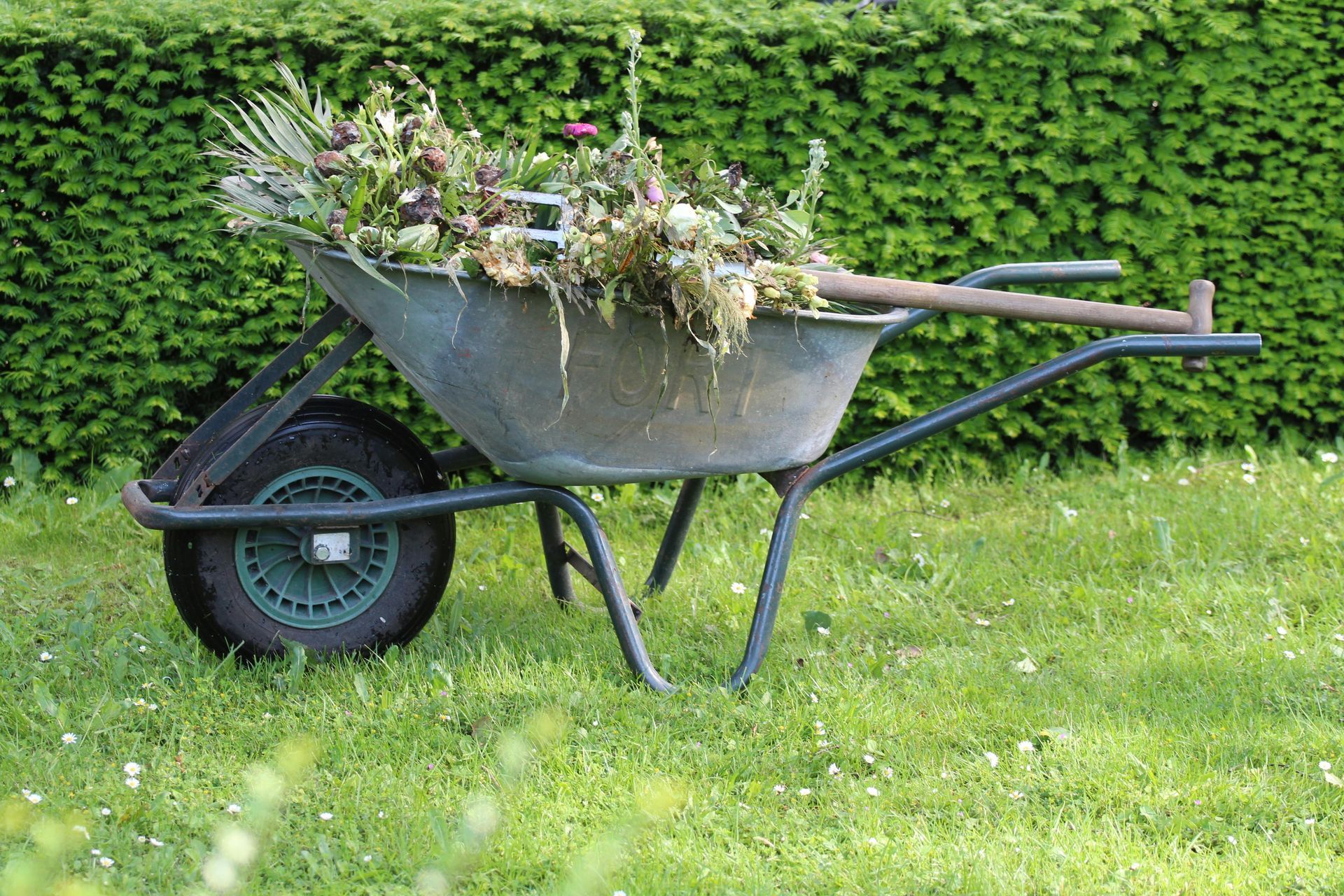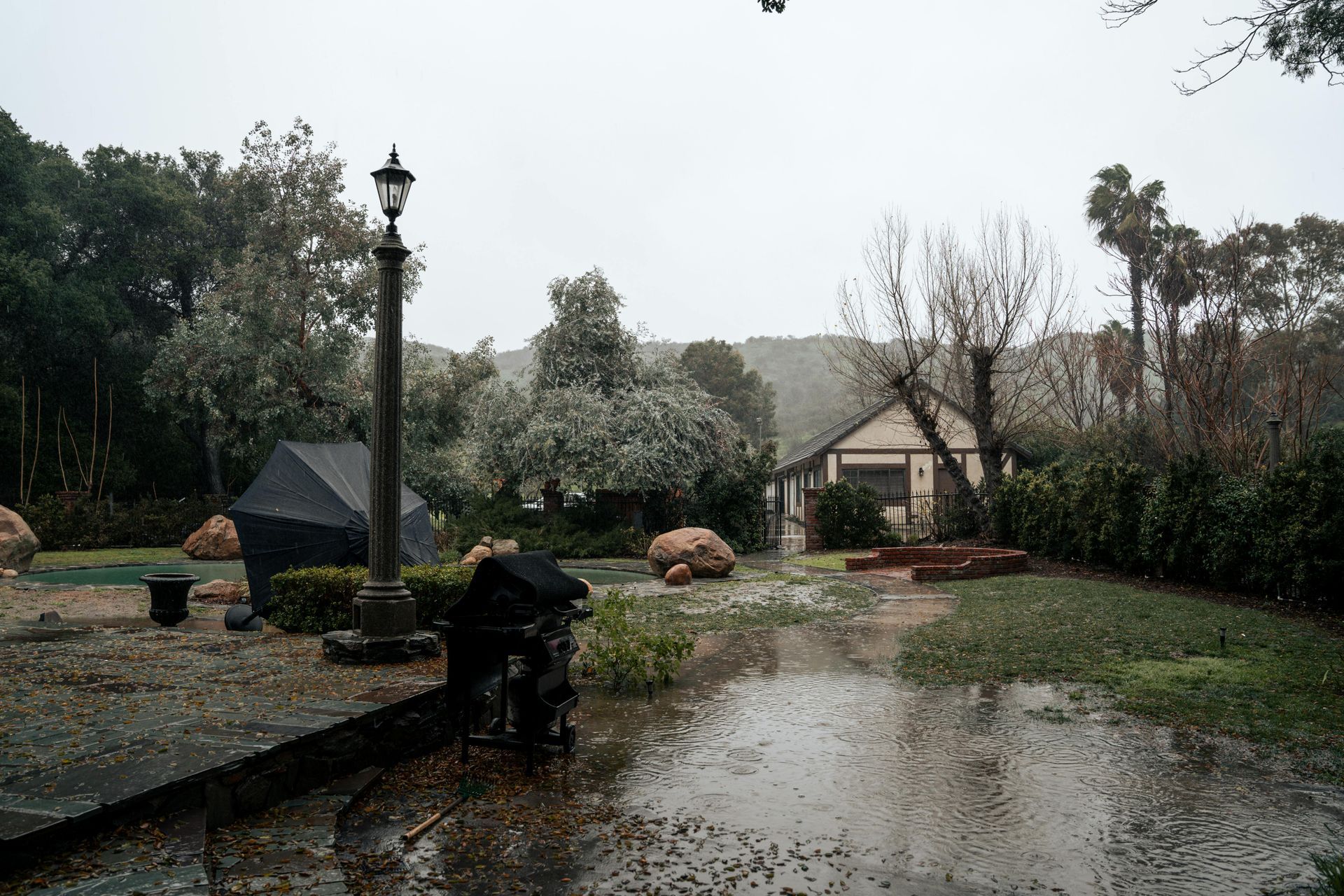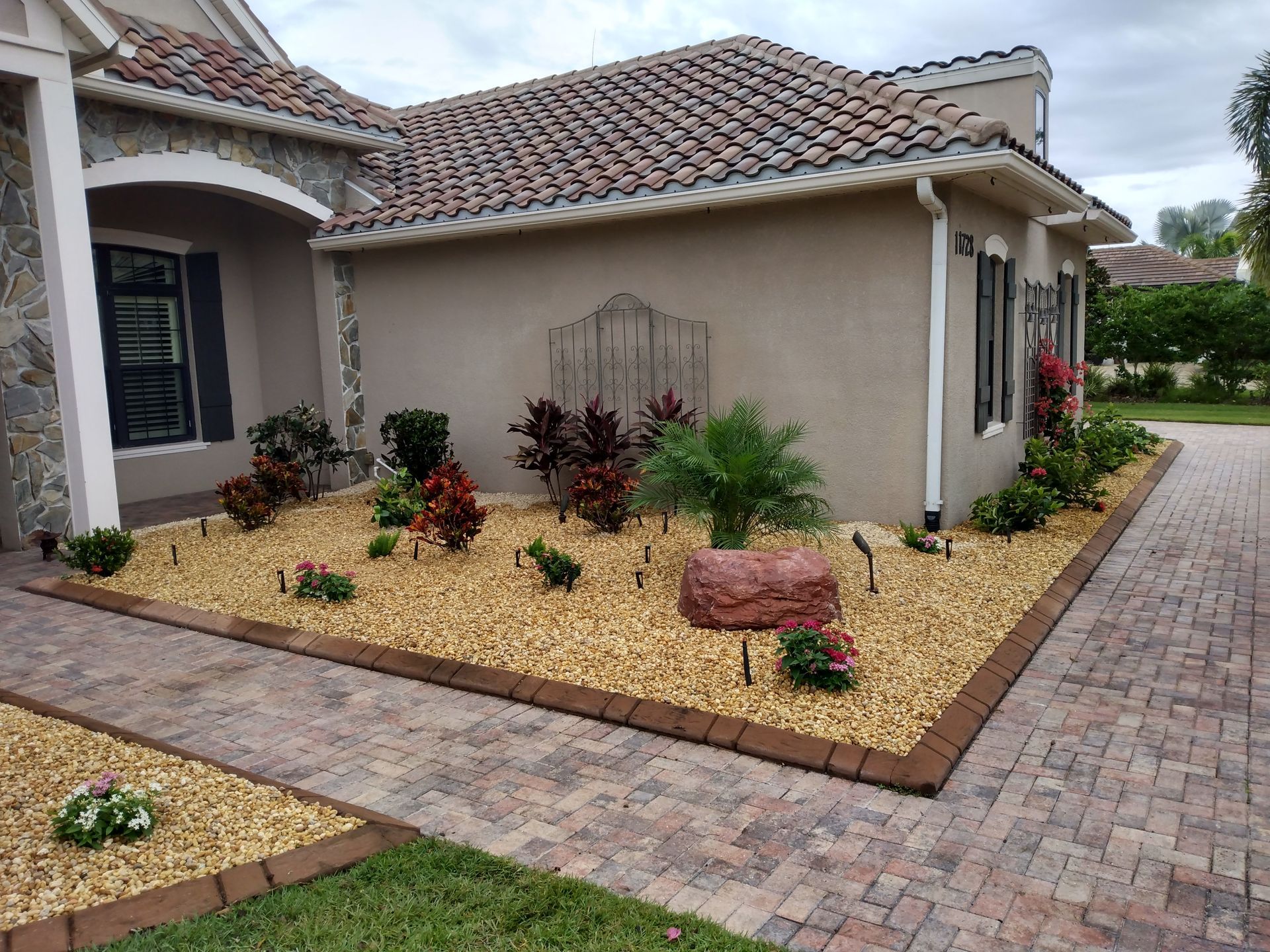Paver Edging Lakewood Ranch - Best Choice for Florida Homes
Lakewood Ranch homeowners understand the importance of maintaining beautiful outdoor spaces that complement their premium community's aesthetic standards. When it comes to defining landscape borders and protecting valuable hardscape investments, paver edging emerges as the superior choice for Florida's unique climate challenges.
This comprehensive guide explores why paver edging Lakewood Ranch installations consistently outperform alternative materials, offering both immediate visual impact and long-term durability that preserves your property's value while reducing maintenance requirements. From hurricane resistance to design flexibility, paver edging systems address the specific needs of
Southwest Florida's demanding environment while enhancing the sophisticated aesthetic that defines this master-planned community.
Key Takeaways
- Paver edging provides superior durability against Florida's intense weather patterns, including hurricane-force winds and seasonal flooding.
- Installing paving edging creates defined landscape borders that prevent soil erosion and maintain clean separation between different outdoor areas.
- Using pavers as edging materials complements existing hardscape elements while adding property value through cohesive design integration.
- Professional installation ensures proper drainage and foundation stability that prevents costly repairs and replacements.
- Paver edging systems require minimal maintenance while providing decades of reliable performance in Florida's challenging climate.
- Strategic edging installation reduces long-term landscaping costs by preventing plant migration and maintaining defined growing areas.
Superior Weather Resistance for Florida's Climate
Florida's subtropical climate presents unique challenges that make paver edging the ideal choice for Lakewood Ranch properties. Concrete paver systems excel through engineered design and superior material properties.
Climate protection features include:
- UV resistance through integral color systems that prevent fading and material degradation during intense Florida sun exposure
- Moisture regulation allowing natural absorption and release cycles that prevent freeze-thaw damage during temperature fluctuations
- Thermal mass properties that moderate soil temperatures around planted areas, creating stable growing conditions
- Stress distribution across multiple interlocking units rather than concentrating forces on individual components
Hurricane resistance becomes critical for coastal Florida properties. Paver edging systems provide exceptional storm protection through flexible design characteristics.
Its storm resistance advantages include:
- Individual unit flexibility allowing slight movement without compromising overall structural integrity
- Modular design enabling easy replacement of damaged units without extensive reconstruction requirements
- Wind resistance through low-profile installation that reduces uplift forces during severe weather events
- Debris impact resistance preventing catastrophic failures common with rigid edging systems
Seasonal flooding management is another critical advantage. Permeable joints allow controlled water infiltration while dense concrete materials resist saturation damage, preventing buckling and displacement during Florida's rainy season.
Material Benefits and Long-Term Performance
Paver edging systems deliver excellent value through their combination of durability, aesthetics, and functionality. Modern concrete pavers incorporate advanced manufacturing techniques that create dense, low-porosity surfaces resistant to staining, fading, and mechanical damage. These characteristics ensure consistent appearance and structural integrity throughout decades of exposure to Florida's challenging environmental conditions.
Key advantages include:
- Color stability through integral pigment systems that resist UV degradation and maintain a consistent appearance
- Surface textures that provide slip resistance while maintaining easy cleaning and maintenance procedures
- Modular design allowing individual unit replacement without disturbing adjacent installations
- Natural drainage characteristics that prevent water pooling and reduce irrigation runoff
The investment value extends beyond initial installation costs. Paver edging systems typically provide 25-30 years of service life with minimal maintenance requirements, while alternative materials often require replacement every 5-10 years. This longevity translates into significant cost savings and reduced environmental impact through decreased material consumption over time.
Design Integration and Aesthetic Enhancement
Using pavers as garden edging creates seamless design integration that enhances overall property aesthetics. Professional landscape design emphasizes material consistency for sophisticated outdoor environments.
Design coordination benefits include:
- Architectural harmony through material consistency that complements existing hardscape installations
- Visual continuity between different outdoor elements, creating unified design themes
- Property value enhancement through thoughtful design coordination that reflects community standards
- Curb appeal improvement with clean sight lines and professional landscape definition
Concrete driveways with paver edging installations show effective material coordination. The edging coordinates with driveway surfaces while preventing gravel migration and reducing maintenance requirements.
Color and texture customization opportunities allow precise coordination with architectural requirements:
- Earth tone selections that complement natural landscape elements and Florida's subtropical environment
- Contemporary gray options for modern architectural styles and minimalist design preferences
- Traditional brick colors matching classic residential architecture and established neighborhood aesthetics
- Texture variations providing slip resistance while maintaining sophisticated appearance standards
Professional landscape architects specify paver edging for its versatility in accommodating complex design requirements, working equally well in formal geometric layouts and naturalistic curved installations.
Environmental Benefits and Sustainability
Environmental considerations increasingly influence homeowner decisions about landscape materials. Paver edging systems offer sustainability advantages that support responsible environmental stewardship.
Its water management benefits include:
- Controlled infiltration, allowing natural water absorption while preventing erosion damage to planted areas
- Stormwater runoff reduction through permeable joint design that manages Florida's intense rainfall
- Flooding prevention that protects water quality in local waterways and drainage systems
- Soil stabilization preventing sediment migration during heavy weather events
Material longevity contributes to environmental sustainability through reduced replacement frequency and transportation impacts.
Sustainability advantages include:
- Extended service life of 25-30 years compared to 5-10 years for alternative materials
- Reduced lifetime material consumption through superior durability and performance characteristics
- Waste stream reduction through decreased replacement frequency and recyclable concrete content
- Local material sourcing from Florida's concrete manufacturing infrastructure minimizing transportation emissions
Many manufacturers incorporate recycled content in their products, creating additional environmental benefits through resource conservation and waste diversion programs.
Local Considerations for Lakewood Ranch Properties
Lakewood Ranch's master-planned community characteristics create specific requirements for landscape edging systems. Understanding local factors ensures optimal results that meet community standards.
Community-specific advantages include:
- Architectural guideline compliance through extensive material options that coordinate with approved design themes
- Soil condition adaptation addressing sandy soils that provide drainage but can shift during rainfall
- Aesthetic standard enhancement supporting premium community positioning and property values
- Design flexibility accommodating styles from Mediterranean to contemporary architectural requirements
Soil movement accommodation becomes critical in Southwest Florida's sandy conditions. Paver edging systems handle this challenge through flexible joint design and proper installation techniques.
Installation considerations include:
- Foundation preparation addressing local drainage patterns and soil characteristics
- Irrigation system integration accommodating existing layouts while allowing future modifications
- Border integrity maintenance preventing plant migration into adjacent landscaped areas
- Professional coordination ensuring compliance with community guidelines and building requirements
Professional installation teams understand local conditions and community requirements, ensuring installations meet both functional needs and aesthetic expectations while preventing costly conflicts.
Professional Installation Techniques
Installing paving edging requires specific techniques that ensure long-term performance and aesthetic success. Professional installation addresses foundation preparation, proper drainage integration, and secure anchoring systems that prevent shifting and settlement over time. These technical considerations directly impact the system's ability to withstand Florida's challenging environmental conditions.
Essential installation components include:
- Excavation to appropriate depth with consideration for existing irrigation and utility systems
- Compacted aggregate base installation that provides stable foundation and facilitates proper drainage
- Sand leveling course application with precise grading to ensure consistent paver alignment
- Mechanical restraint systems that prevent lateral movement and maintain border integrity
- Joint sand application and compaction to lock individual units and prevent weed growth
Quality installation practices extend beyond basic placement procedures. Professional contractors understand local soil conditions, drainage patterns, and weather considerations that affect long-term performance. They incorporate these factors into installation planning to prevent common problems such as settling, shifting, and premature wear that compromise system effectiveness.
Cost Comparison Analysis
Understanding the true cost of edging systems requires analysis beyond initial material expenses. Professional evaluation considers installation requirements, expected service life, maintenance needs, and replacement frequency to determine total ownership costs over time.
| Material Type | Initial Cost | Service Life | Maintenance |
|---|---|---|---|
| Concrete Pavers | Moderate | 25-30 years | Minimal |
| Plastic Edging | Low | 5-8 years | Frequent |
| Metal Edging | Moderate | 10-15 years | Regular |
Maintenance Requirements and Care Instructions
Paver edging systems require minimal maintenance when properly installed, making them ideal for busy homeowners who want attractive landscape borders without extensive upkeep commitments. Understanding basic care requirements helps ensure optimal performance and appearance throughout the system's extended service life.
Recommended maintenance practices include:
- Annual inspection for joint sand levels with reapplication as needed to maintain weed prevention
- Periodic cleaning with a standard garden hose to remove accumulated debris and organic matter
- Prompt attention to any settling or shifting to prevent progressive damage and maintain border integrity
- Seasonal weed control applications in adjacent planted areas to prevent root system encroachment
Professional maintenance services can provide comprehensive care programs that include detailed inspections, preventive treatments, and corrective actions when needed. These programs help preserve warranty coverage while ensuring consistent appearance and optimal functionality throughout the system's service life.
Investment Considerations and Budget Planning
Budget planning for paver edging installation requires consideration of multiple factors that influence total project costs and long-term value. Professional evaluation helps homeowners understand these variables and make informed decisions about material selection, installation scope, and timing considerations.
Primary cost factors include:
- Linear footage requirements and complexity of installation areas, including curves and elevation changes
- Excavation requirements and site preparation needs based on existing conditions and access limitations
- Material selection and quality grades with consideration for architectural coordination and design preferences
- Labor costs and installation timeline requirements, including permits and inspection scheduling
Value-oriented planning recognizes that initial investment differences between material options become insignificant when evaluated against total ownership costs over typical service lives. Quality paver edging systems provide superior return on investment through extended durability, reduced maintenance expenses, and enhanced property values.
Frequently Asked Questions
How long does paver edging installation typically take?
Most residential paver edging projects require 1-2 days for completion depending on linear footage and site complexity. Professional installation teams can typically complete 100-150 linear feet per day under normal conditions with proper equipment and experienced crews.
Can paver edging be installed around curved landscape areas?
Paver edging adapts well to curved installations through careful cutting and placement techniques. Professional installers use specialized tools to create smooth curves while maintaining structural integrity and proper joint spacing throughout the installation.
What happens if individual pavers become damaged over time?
Individual damaged pavers can be removed and replaced without disturbing adjacent units or compromising the overall installation. This modular design advantage allows cost-effective repairs while maintaining system integrity and consistent appearance.
How does paver edging perform during Florida's rainy season?
Properly installed paver edging systems excel in wet conditions through their natural drainage characteristics and flexible joint design. The materials resist water damage while allowing controlled drainage that prevents pooling and reduces erosion problems.
Is professional installation necessary for paver edging projects?
Professional installation ensures proper foundation preparation, drainage integration, and anchoring systems that prevent common problems and warranty issues. Experienced contractors understand local conditions and building requirements that affect long-term performance and code compliance.
Final Thoughts
Paver edging represents the optimal solution for Lakewood Ranch homeowners seeking durable, attractive, and low-maintenance landscape borders that enhance property values while withstanding Florida's challenging climate conditions. The combination of superior weather resistance, design flexibility, and long-term economic benefits makes paver edging Lakewood Ranch installations the preferred choice for discriminating homeowners who value quality and performance. Professional installation ensures optimal results that provide decades of reliable service while maintaining the aesthetic standards expected in premium residential communities. The investment in quality paver edging systems pays dividends through reduced maintenance costs, enhanced curb appeal, and superior property protection that preserves landscape investments for years to come.
Transform your Lakewood Ranch landscape with professionally installed paver edging. Contact us today for your free service estimate.
Reference:
https://lapispatios.com/articles/best-materials-for-paver-patios/





